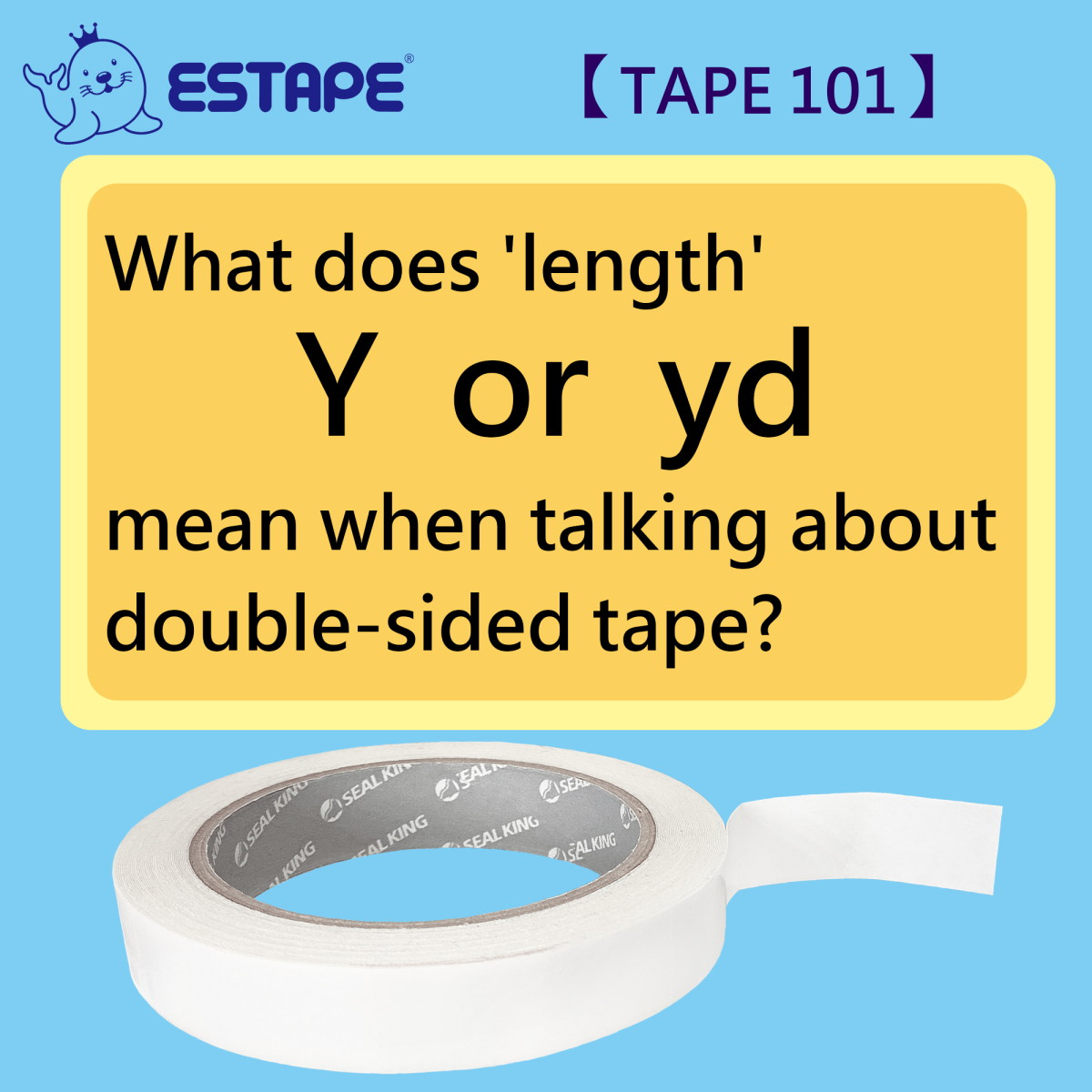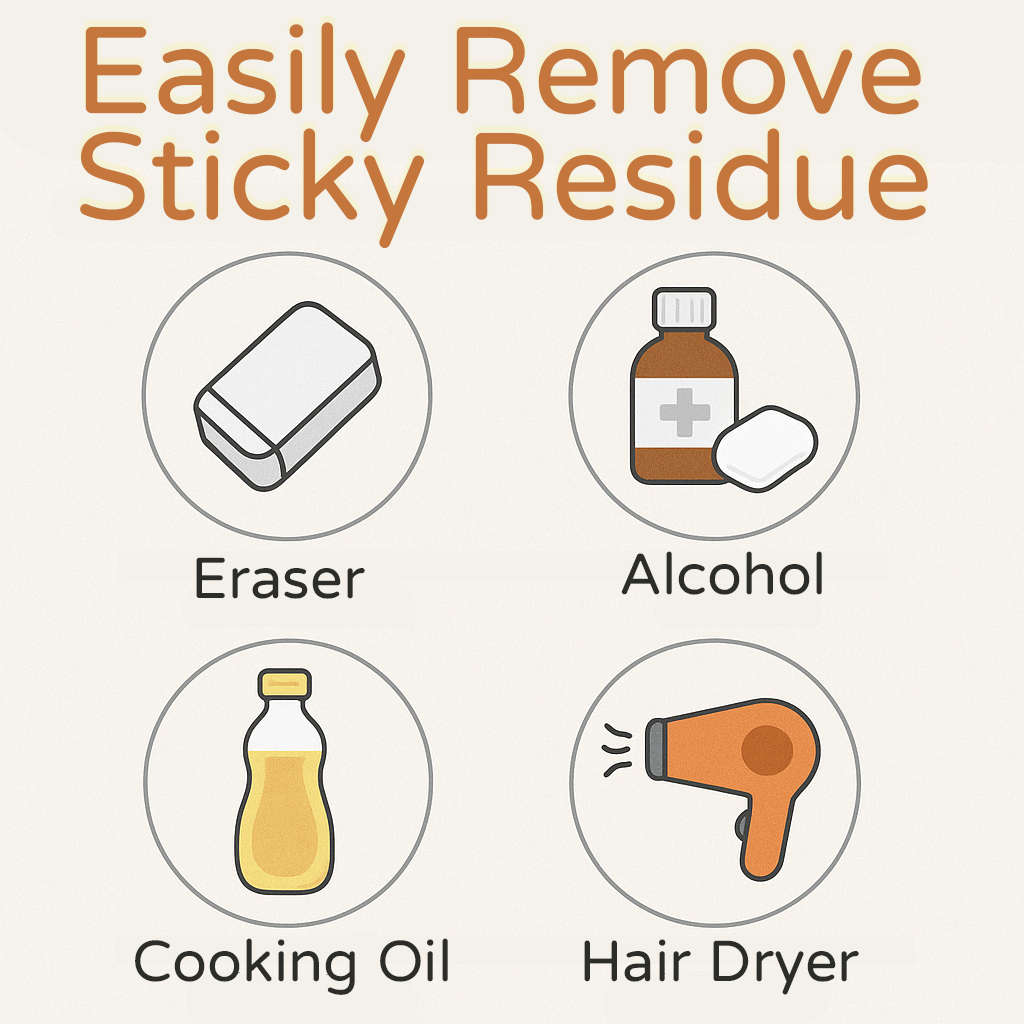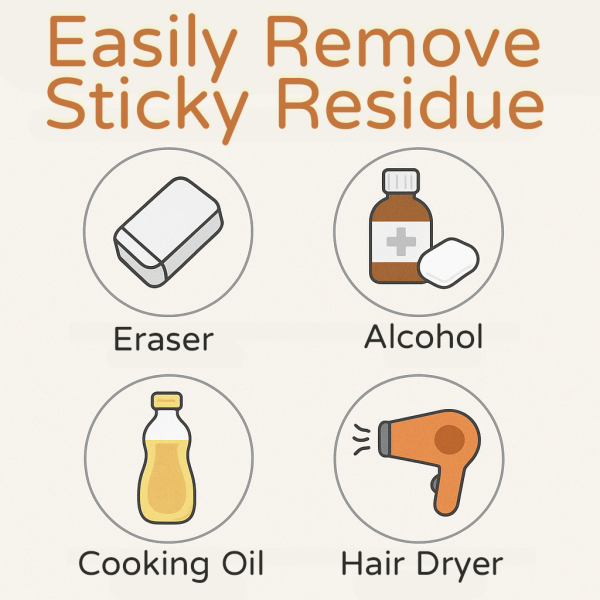When buying double-sided tape at a stationery store, have you ever wondered what the unit “Y” or “yd” actually means? 🤨
In fact, “Y” stands for yard, and both Y and yd refer to the same unit used in the imperial measurement system.
While Americans are familiar with this unit, in Taiwan, we commonly use centimeters and meters. So to convert yards into metric units:
1 yard = 0.9144 meters.
Commonly seen sizes include 5Y, 10Y, 15Y, and more.
If you want to know how many meters that is, just multiply the number of yards by 0.9144—simple!
Here’s a quick conversion chart for easy reference:
| Unit (Y) | Meters |
|---|---|
| 3 | 2.7432 |
| 5 | 4.572 |
| 5.5 | 5.0292 |
| 7 | 6.4 |
| 10 | 9.144 |
| 15 | 13.716 |
🦭 Double-sided tapes made by ESTAPE are clearly labeled using “M” for meters as the length unit—making size identification and calculations super straightforward!
The image below shows a sample of our tissue double-sided tape with perforated lines, and the outer box is clearly marked:
18mm x 15M (15 meters)—easy to understand at a glance!
What’s more, this tape allows you to tear off a 5 cm piece effortlessly—making it super convenient to use!
Even if you don’t need the perforated function, you can still pull out the tape as a continuous roll. The dotted lines won’t affect regular use at all! 👍

If you’re interested, feel free to check it out on our Shopee store! 👇👇👇
🔗 https://shopee.tw/product/54546636/7953742465




